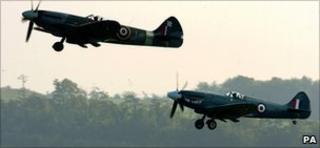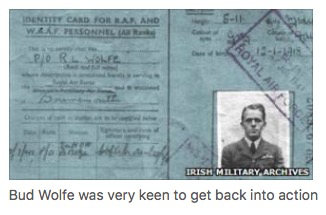The WWII camp where Allies and Germans mixedAn attempt to recover a Spitfire from a peat bog in Donegal will highlight the peculiar story of the men - both British and German - who spent much of World War II in relative comfort in neighbouring camps in Dublin, writes historian Dan Snow.
|

|
|

